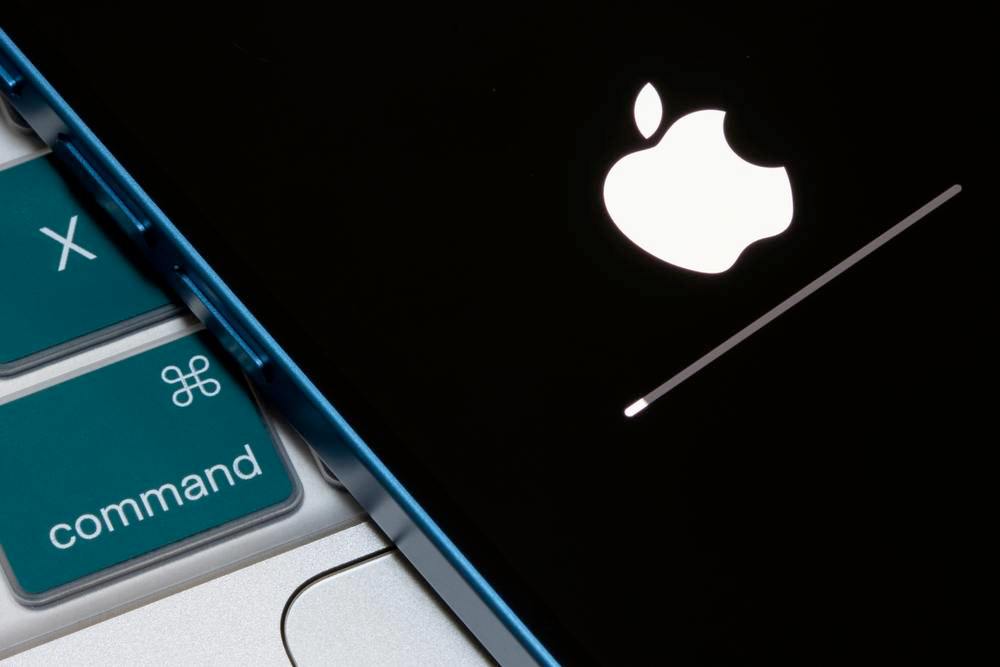KeyBanc analyst Brandon Nispel is forecasting more downside for Apple (NASDAQ: AAPL) stock, citing several issues, primarily regarding market reception for the company’s latest iPhone 16 series.
In an investor note on October 25, Nispel downgraded Apple (AAPL) to “Underweight” from “Sector Weight,” setting a price target of $200.
The downgrade comes as Apple stock faces increased short-term volatility, dropping over 2% in the past week. At the close of the last trading session, AAPL was valued at $230.57, ending the day down less than 0.1%.
Picks for you
This weakness appears set to continue heading into the October 25 session, where the stock has shed $2.15 in pre-market trading.
Grounds for Apple stock downgrade
When reviewing KeyBanc’s downgrade, the analyst cited concerns about potential cannibalization within Apple’s iPhone lineup.
Nispel referenced a recent consumer survey showing that 59% of respondents were interested in upgrading to the anticipated iPhone 16; however, 61% also showed interest in the lower-cost iPhone SE.
“ If the iPhone SE performs well, iPhone unit sales may rise, but ASPs could decline, contrary to consensus expectations,” he said.
Moreover, recent data indicates a persistent slowdown in postpaid upgrade rates, down 9% year-over-year. Despite some improvement, Nispel projects mid-single-digit declines in Q4 and ongoing low-single-digit declines in the first half of 2025.
The analyst also expressed skepticism regarding Wall Street’s growth expectations, noting that Apple has only achieved growth across all product categories and regions twice in the past 20 years, most recently in 2021. Given this historical context, he questioned the likelihood of sustained, broad-based growth in 2025.
Additionally, he highlighted Apple’s elevated valuation, which stands at 23 times the projected 2025 EBITDA, a significant premium to the Nasdaq. Nispel’s $200 price target is based on a valuation adjustment to more closely align with Apple’s historical average.
Concerns about iPhone 16 impact on AAPL stock price
Indeed, Apple’s recent price struggles were partly due to a report warning of waning demand for the iPhone 16. In this regard, Apple analyst Ming-Chi Kuo from TF International Securities indicated that the tech giant had reduced iPhone 16 orders by about 10 million units, affecting Q4 2024 and the first half of 2025.
In this context, Morgan Stanley (NYSE: MS) analyst Erik Woodring observed that iPhone lead times appear “encouraging,” with September shipments reaching 56 million units—about 10% above initial expectations.
It’s worth noting that since the iPhone 16’s release, market reception and sales estimates have remained lackluster, providing a basis for analysts’ revised forecasts for the stock.
As reported by Finbold, Bernstein’s Toni Sacconaghi noted on October 23 that demand for the phone is likely to recover in the coming months, leading to an “Outperform” rating with a $240 price target after the company’s Q4 results.
Amid the price outlook, optimistic analysts believe the stock might rally to $300 by the end of 2024, with potential catalysts including the company’s adoption of artificial intelligence.
To this end, Dan Ives from Wedbush projected that Apple’s integration of AI technology will kickstart a new tech supercycle, potentially pushing AAPL stock to skyrocket and giving the company a valuation of $4 trillion.
Meanwhile, Apple may need to reinvent itself to spur growth in key markets such as China. For instance, Q3 2024 data showed that Apple’s iPhone sales in China slipped 0.3%, while Huawei posted 42% growth.
Apple stock technical outlook
From a technical perspective, Kang, a pseudonymous stock trader in an X on October 23, noted that AAPL had formed a bearish pattern known as a bear pennant, suggesting potential downside pressure in the near term.
This outlook is supported by the stock’s pattern of lower highs and higher lows, accompanied by shrinking volume, which indicates weakening momentum as the stock struggles to break higher.
Notably, if AAPL fails to break and sustain prices above $230, this could confirm the bear pennant and lead to a breakdown toward support levels below $228.





